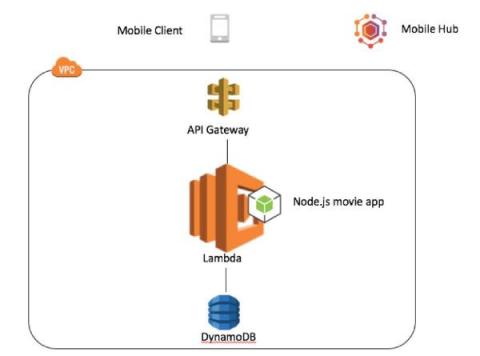5 Tips to Design Ruby on Rails Transactions the Right Way
Data integrity problems are among the most common database issues Rails developers face. Besides allowing for proper validation, correctly designed transaction blocks ensure that your data isn't partially created or updated. However, transactions can also harm your application — or even take down your whole database — when not properly designed. This article offers a set of good practices for working with transactions.











